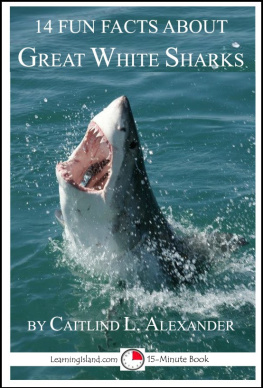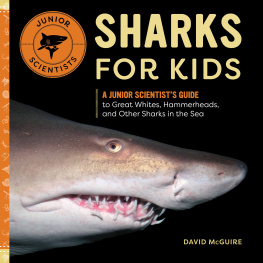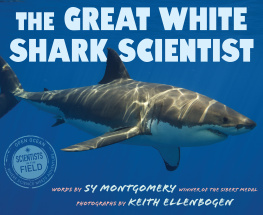14 FUN FACTS ABOUT
GREAT WHITE SHARKS
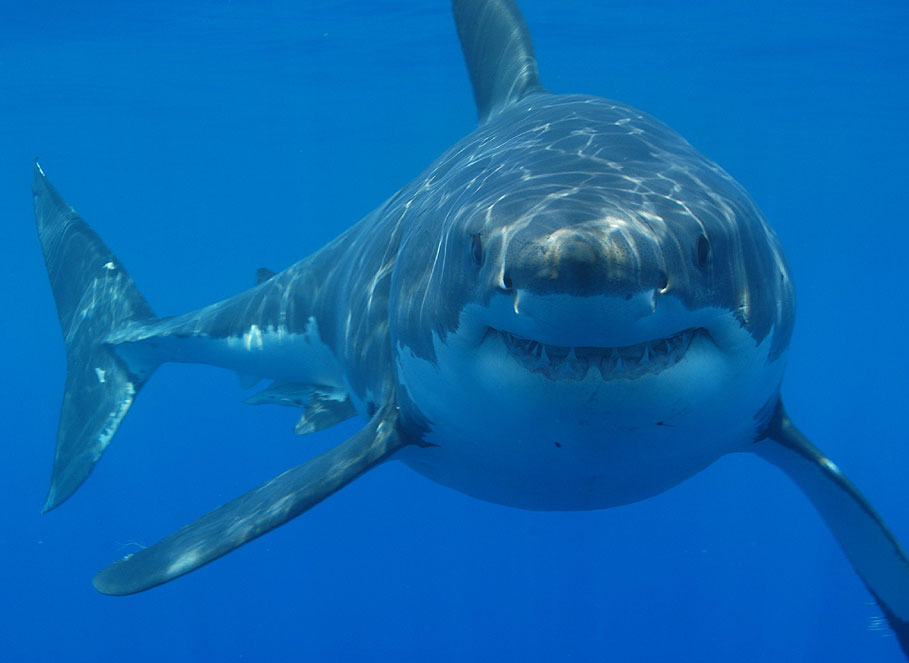
By Caitlind L. Alexander

A LearningIsland.com
15 - Minute Book
Information for this book, and this series,was accurate at the time of printing. In the ever changing world inwhich we live, new discoveries are being made daily.
Editor: Jennifer Robinson
Title page picture by Hermanusbackpackers
LearningIsland.com
(c) Copyright 2014 Caitlind L. Alexander. Allrights reserved.
Published by LearningIsland.com. All rightsreserved.
This e-book is licensed for your personalenjoyment only. This e-book may not be re-sold or given away toother people. If you would like to share this book with anotherperson, please purchase an additional copy for each recipient. Ifyou're reading this book and did not purchase it, or it was notpurchased for your use only, please purchase your own copy from anyof several online e-book stores. Thank you for respecting the hardwork of this author.
14 Fun Facts About Great White Sharks /Caitlind L. Alexander
Summary: A set of fourteen fun facts aboutthe lives of the great white shark.
1. Great White Shark. Juvenile Literature.2. Marine Life. Juvenile Literature.
Words: 2572
Reading Level: 5.1
Ages 8 and up.
Great white sharks are large sharks thatroam the oceans. They have been named great whites because they arebig, and because they have a white stomach. Their back is grey.
Most sharks, and many other fish, have astomach that is lighter than their back. That helps them to blendinto the ocean. If a predator is looking down on them from above,their darker side blends in with the ocean bottom. If a predator islooking at them from below, their lighter side blends into tolighter shade at the top of the water.
Scientists have begun to study these amazinganimals more and more. Here are some fun facts they have found outabout the great white shark.
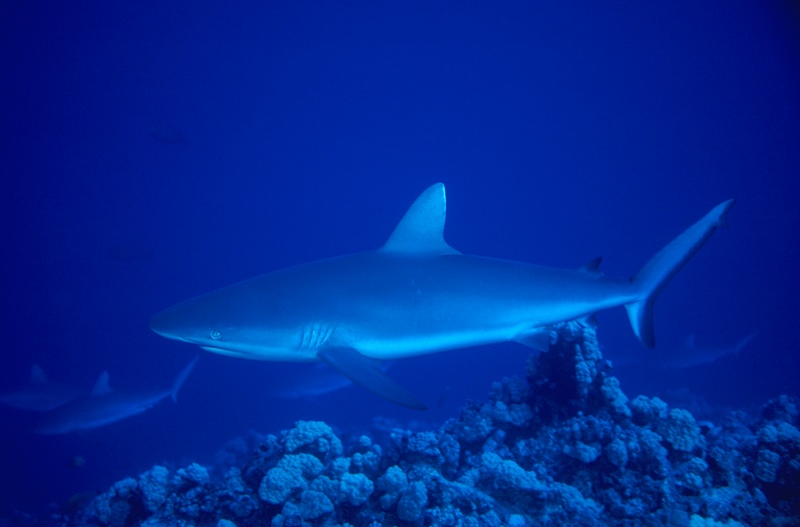
(Clipart.com)
Fact 1: Great white sharks never stopswimming.
Great white sharks (and many other sharks)must swim their entire lives, or they will die. Sharks must keepmoving to keep breathing. They must keep oxygen rich water flowingacross their gills.
Sharks do not have the ability to take inthe water and pass it along their gills. They do not gulp water theway fish do. Instead, they swim with their mouths open, letting thewater flow into their mouth and out their gills.
This means that they swim a lot! They canswim over 12,000 miles (19,312 kilometres) a year, and they mayswim even more than that! Scientists are just now learning how totrack a great white's movements.
The great white has five to seven gills oneach side. The blood flows across these gills in one direction.Oxygen rich water flows across in a different direction and theoxygen is trapped and brought into the blood stream.
The gills are held outward by cartilagebars.

(hermanusbackpackers)
Fact 2: Great whites float because they donot have bones and they have a huge liver.
Sharks do not have bones. Instead, their"bones" are made of cartilage. Cartilage is like a soft bone. It isthe same stuff that you find in your ear or the tip of yournose.
Bones are heavy and they do not float.Cartilage is lighter and it does float.
Sharks also have a HUGE liver that is filledwith oil. Oil floats in water. The liver is over six feet (twometres) long and the oil is called squalene.
With a liver so huge, there is very littleroom for intestines.
The great white's intestines only go oncedown their body instead of being all jumbled up like our intestinesare.
The intestines of all animals need a largearea to absorb nutrients. While the outside of the shark'sintestines is one long tube, the inside is like a tightly woundspiral staircase. Food must go around and around before it reachesthe end of the intestines.
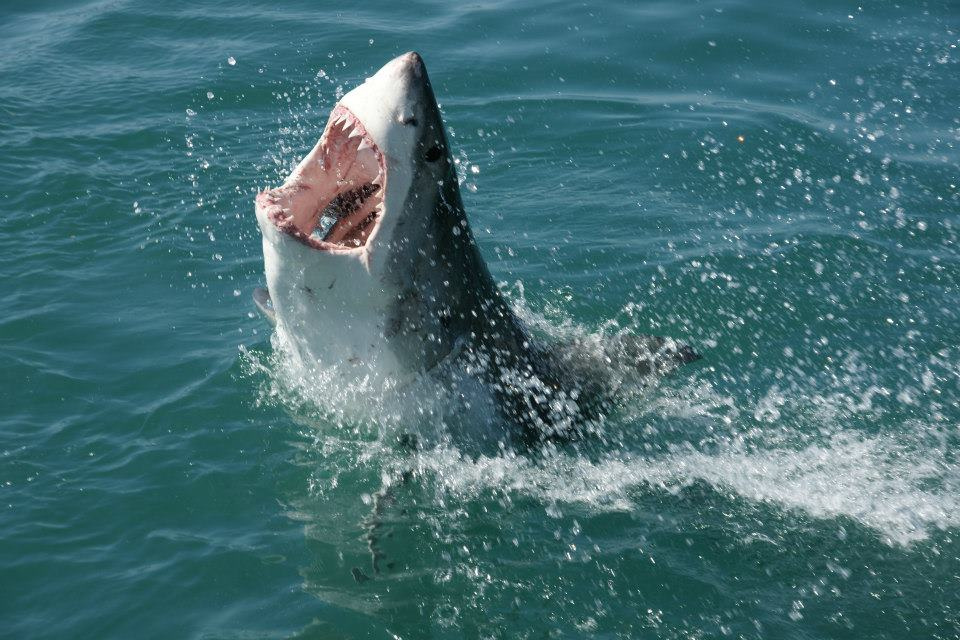
(travelbagltd)
Fact 3: The great white's eyes roll backinto their head when they bite.
The great white shark does not have eyelids.It cannot close its eyes.
When it attacks, it grabs onto its prey andshakes it violently. All this thrashing around means that a part oftheir prey could easily stab the great white in their eye.
To protect its eyes, a great white will rollits eyes back into its head when it bites. They might also bite ananimal once and then wait until it weakens before coming in for thekill.
Great whites also have very hard eyeballs,and a clear eyelid that they can close over their eye when they areswimming. This offers some protection from the bits of things thatare floating around in the water.
Think about one thing, if they don't haveeyelids, they never blink! They don't have to. We blink to keep oureyes wet. A great white lives in the water, so his eyes are alwayswet!
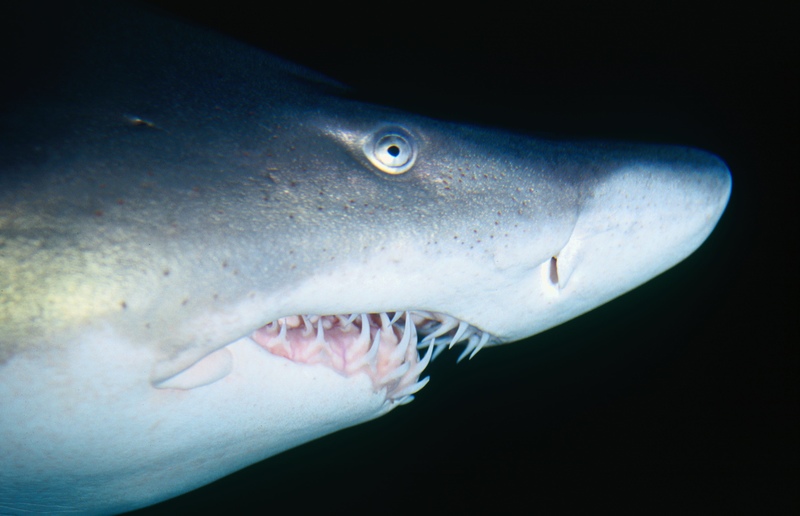
(Clipart.com)
Fact 4: Great white sharks have 30,000 teethduring their lifetime.
When a shark eats, it bites into its prey.Then it thrashes its head back and forth until it rips a chunk ofmeat free.
Sharks don't keep their teeth the way humansdo. All that tearing and jerking around causes them to lose theirteeth on a regular basis. Because of that, they have rows and rowsof teeth in their mouth. As they lose each tooth, the tooth behindit moves forward.
A shark's teeth are the only part thatfossilizes. All the rest is cartilage and disintegrates.
Because of that, we know very little aboutancient sharks. However, they have found shark teeth that are muchlarger than those found in todays sharks. From that we know thatthe ancestor of the shark was much bigger.
One, shark, named megalodon, was up to 328feet (100 metres) long.
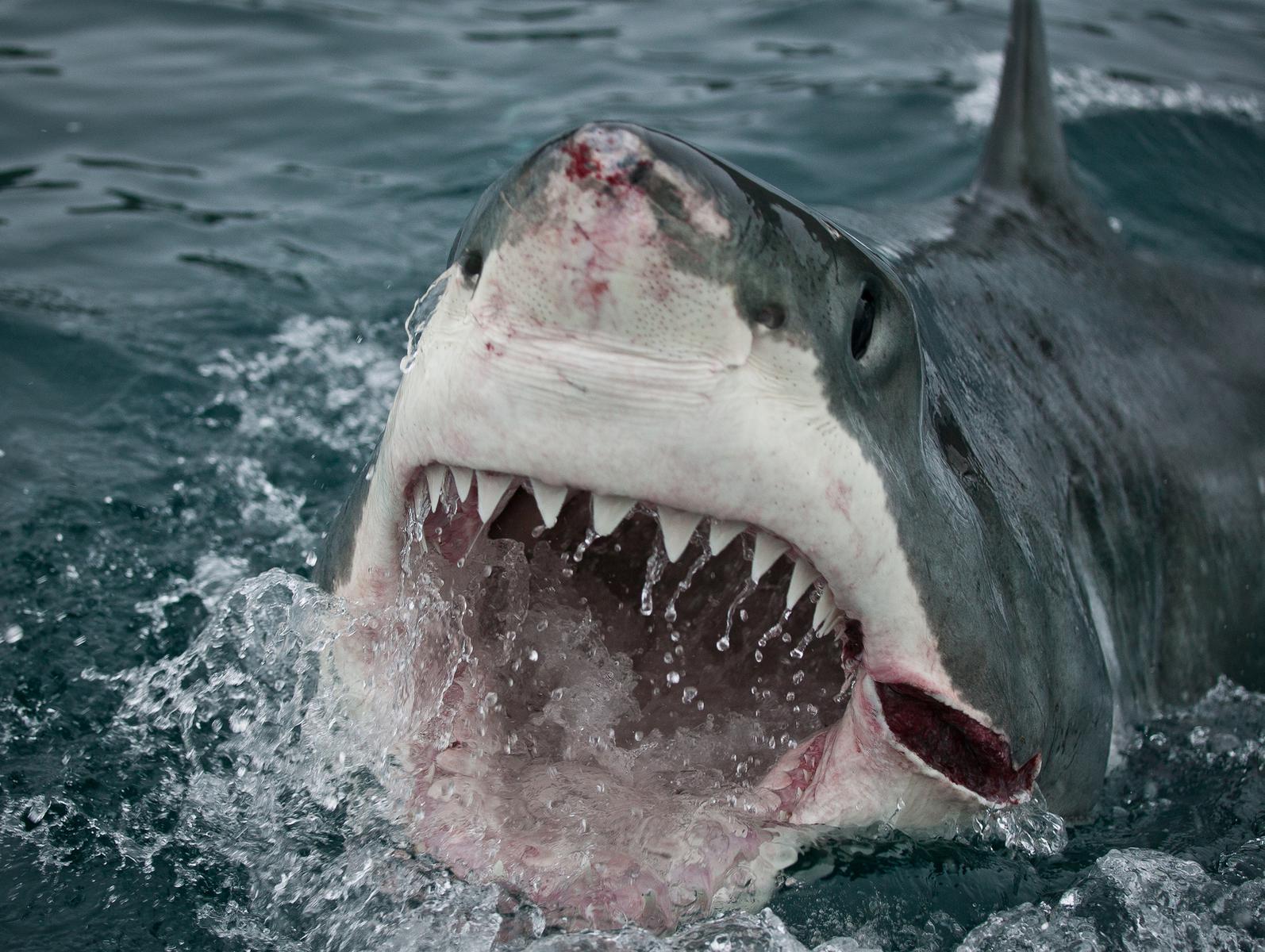
(Iwpkommunikacio)
Fact 5: Sharks teeth move forward in theirmouth when they bite.
Humans have jaws that are connected solidlyin the bones of their head. The only movement we can make with ourmouth is to open and close the lower jaw.
The great white's jaws are not connected theway ours are.
Both jaws hang free from the skull. They arenot attached to the skull itself.
When a great white bites, it actuallythrusts its jaw forward and then bites down. It only goes forward acouple of inches, but that is what helps it sneak up on prey. Afish thinks it is out of reach, then suddenly these teeth comeforward to bite.
A sharks bite is much weaker than acrocodiles. They will often bite onto something and then wiggletheir body back and forth to tear something free. That is becausethey don't have the bite strength to bite right through theirprey.

